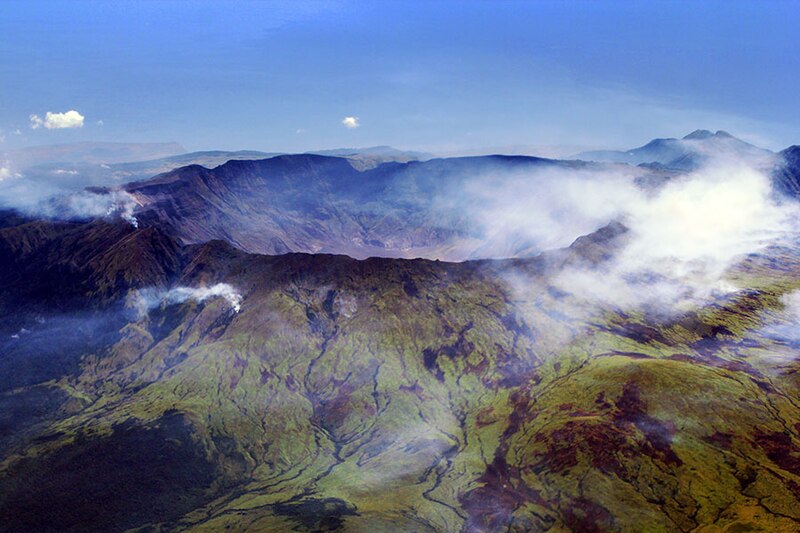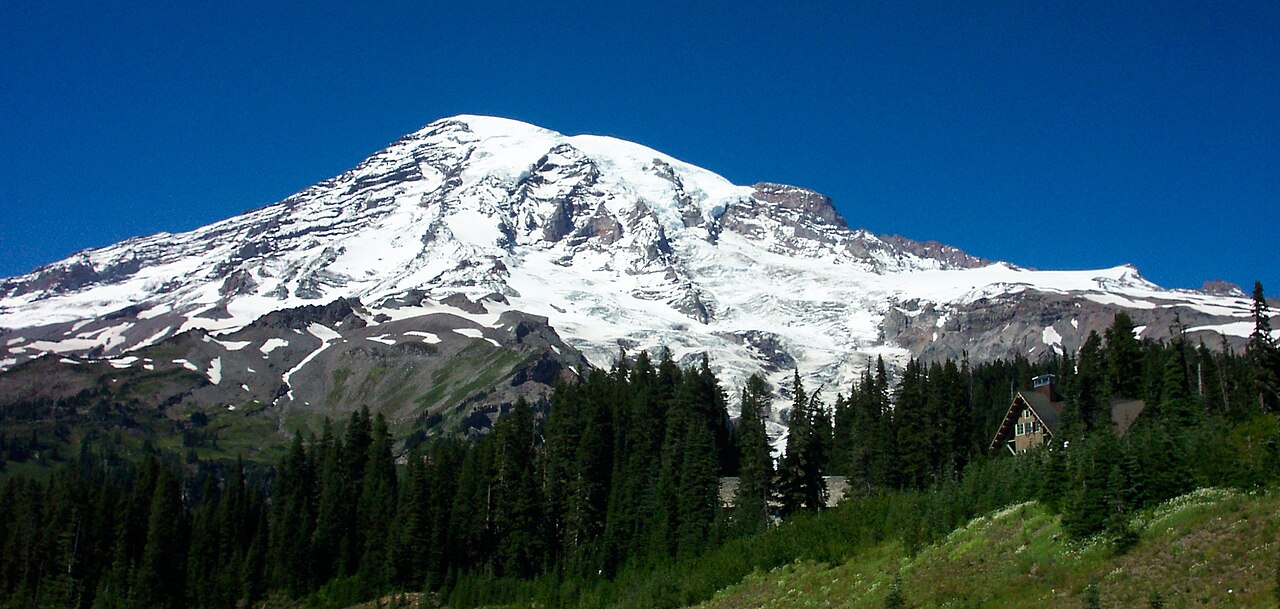 |
| NZ, Wikimedia Commons |
If you live or travel in an earthquake-prone area, don't be in a brick building if you can possibly help it. California legislates against building with brick, and its historical brick buildings are retrofitted, but in places like Memphis and St. Louis and Seattle, which could experience a terrible earthquake, there are unreinforced brick buildings that will kill thousands in a bad quake.
If an earthquake hits, the correct behavior is: STOP. DROP. COVER. HOLD ON. This will give you the best chance of surviving without injury.
Immediately drop and crawl under the heaviest piece of furniture you are near, hang on with one hand, and keep your head protected with the other arm. Again and again, in videos of every earthquake, I see people running toward glass doors and walls. That's the very stupidest thing you could do and results in many serious cuts. One of these days, you'll see someone beheaded that way on film--please don't be that person. In Nepal, people were running for doors in such a panic, there were surely more injuries from the crush there than there would have been had they dropped under a table, or even just stayed where they were. Outside, windows, bricks, and gargoyles from buildings can rain down on you, so in a city, outside is less safe than inside.
Even in a brick home, unless you're right at the door, you likely won't have time to get out. If you grab your kid or your purse and head out, by the time you're on the lawn, the shaking will likely have stopped. It's still better to crawl under the desk or dining room table and wait out the seconds of the quake.
This is worth practicing with your family or office, too. Set aside a time for a drill, or use the worldwide Shakeout (http://www.shakeout.org/) on October 15. Drop, cover, and hold on. If you're practiced, you'll be less likely to panic.
I like my readers! Please, all of you, stay safe.






